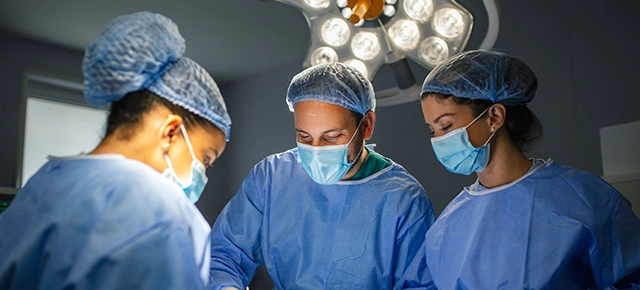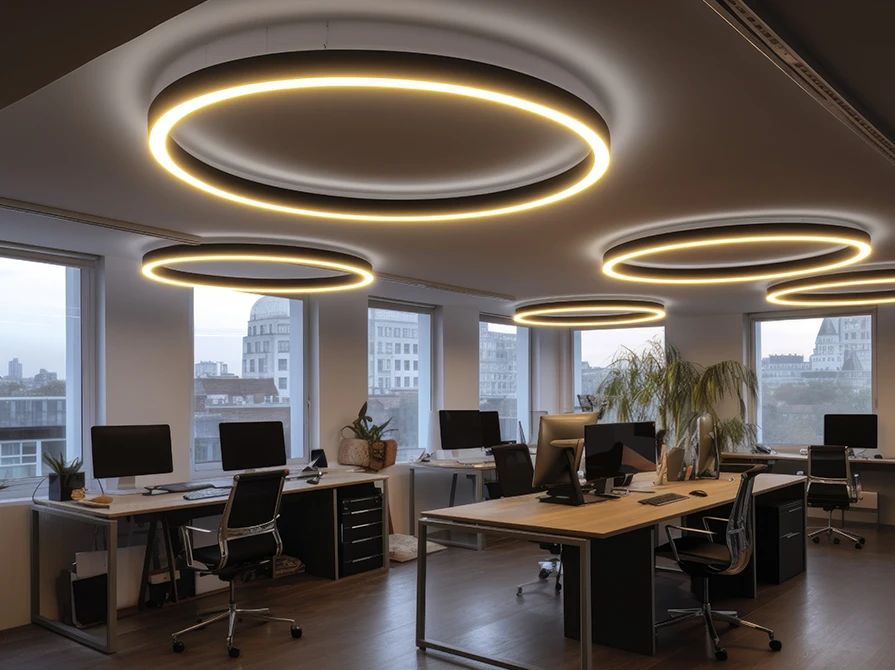Precision Lighting for Operating Theatres: Ensuring Safety and Accuracy During Surgeries
In the realm of surgery, where every move can have life-altering consequences, precision is paramount. Among the myriad factors that contribute to the success of surgical procedures, one often overlooked yet critical element is lighting. Precision lighting in operating theatres is not just about visibility; it’s about ensuring the safety and accuracy of every surgical action. This blog delves into the importance of precision lighting in operating theatres, exploring how it enhances surgical outcomes, reduces risks, and ultimately contributes to better patient care.
The Crucial Role of Lighting in Surgery
Imagine a surgeon performing a delicate procedure, where the slightest error could lead to complications. Now imagine that surgeon working under poor lighting conditions. The potential for mistakes increases dramatically. In surgery, lighting is not a mere convenience; it’s an essential component of the operating environment. The quality, intensity, and direction of light can significantly impact a surgeon’s ability to see the surgical field clearly, differentiate between tissues, and make precise incisions.
Precision lighting in operating theatres is designed to provide consistent, shadow-free illumination that enhances visibility, minimizes eye strain, and ensures that surgical teams can work with the highest level of accuracy. This type of lighting goes beyond standard room lighting; it is specifically engineered to meet the demanding requirements of surgical procedures.
Key Components of Precision Lighting
Precision lighting systems for operating theatres are composed of several critical components, each designed to address specific needs during surgery. These components include:
- Overhead Surgical Lights: Overhead lights, also known as surgical lights or operating lights, are the primary source of illumination in an operating theatre. These lights are designed to provide bright, focused light that covers the entire surgical field. Modern surgical lights often come with adjustable intensity and color temperature settings, allowing the surgical team to customize the lighting based on the specific needs of the procedure.
- Shadow Management: One of the most important features of precision lighting is its ability to minimize or eliminate shadows. Shadows can obscure the surgical field, making it difficult for surgeons to see what they are doing. Precision lighting systems use multiple light sources and advanced optics to reduce shadowing, ensuring that every part of the surgical field is clearly visible.
- Color Rendering Index (CRI): The CRI is a measure of how accurately a light source renders colors compared to natural sunlight. In surgery, accurate color rendering is crucial for distinguishing between different types of tissues, such as healthy tissue versus diseased tissue. Precision lighting systems typically have a high CRI, often above 90, to ensure that colors are represented accurately.
- Intensity and Focus:Precision lighting systems allow for adjustable intensity and focus. This means that the surgical team can increase or decrease the brightness of the light and adjust the focus to concentrate the light on a specific area of the surgical field. This flexibility is essential for different types of surgeries, where varying levels of light may be required.
- Cool Light Technology:Traditional lighting systems can generate a significant amount of heat, which can be uncomfortable for the surgical team and potentially harmful to the patient. Precision lighting systems use cool light technology, which reduces heat emissions and ensures that the operating environment remains comfortable.
- Integration with Surgical Systems:Modern precision lighting systems are often integrated with other surgical systems, such as imaging devices and surgical robots. This integration allows for better coordination between different elements of the surgical procedure, enhancing overall efficiency and safety.
Enhancing Surgical Outcomes with Precision Lighting
The impact of precision lighting on surgical outcomes cannot be overstated. High-quality lighting enhances the surgeon’s ability to perform procedures with greater accuracy, reducing the risk of errors. Here’s how precision lighting contributes to better surgical outcomes:
- Improved Visibility:The primary function of precision lighting is to improve visibility. By providing consistent, shadow-free illumination, these systems ensure that surgeons can see the surgical field clearly. This clarity is essential for making accurate incisions, sutures, and other critical actions during surgery.
- Reduced Eye Strain:Performing surgery requires intense concentration and focus. Poor lighting can lead to eye strain, which can reduce the surgeon’s ability to maintain focus over long periods. Precision lighting reduces eye strain by providing optimal lighting conditions, allowing surgeons to work comfortably and maintain their concentration.
- Enhanced Precision:The ability to adjust the intensity and focus of the light allows surgeons to fine-tune the lighting based on the specific needs of the procedure. This precision lighting ensures that the surgical team can perform intricate tasks with greater accuracy, reducing the likelihood of complications.
- Better Differentiation of Tissues:Accurate color rendering is essential for distinguishing between different types of tissues. Precision lighting systems with a high CRI enable surgeons to accurately differentiate between healthy and diseased tissues, leading to better decision-making during surgery.
- Minimized Risk of Infection:Proper lighting also plays a role in maintaining a sterile environment. Precision lighting systems are designed to be easy to clean and often include features that reduce the accumulation of dust and other contaminants. This helps to minimize the risk of infection, which is a critical concern in any surgical procedure.
- Support for Minimally Invasive Surgery:Minimally invasive surgery (MIS) relies heavily on high-quality imaging and lighting. Precision lighting systems provide the necessary illumination for these types of procedures, ensuring that surgeons can see the surgical field clearly, even when working through small incisions.
Conclusion
Precision lighting is a critical, yet often underappreciated, aspect of successful surgical outcomes. By providing consistent, shadow-free illumination, reducing eye strain, and enhancing visibility, precision lighting systems play a vital role in ensuring the safety and accuracy of surgical procedures. As technology continues to evolve, the potential for even more advanced precision lighting solutions is vast, promising to further improve surgical outcomes and patient care.
In a field where every detail matters, precision lighting is not just a tool but a cornerstone of modern surgical practice. Investing in high-quality lighting systems is an investment in the safety, accuracy, and success of surgeries, ultimately leading to better patient outcomes and advancing the standard of care in the operating theatre. Get in touch with us to know more about how our lighting solutions can ensure the perfect illumination in your operation theatre environments.










